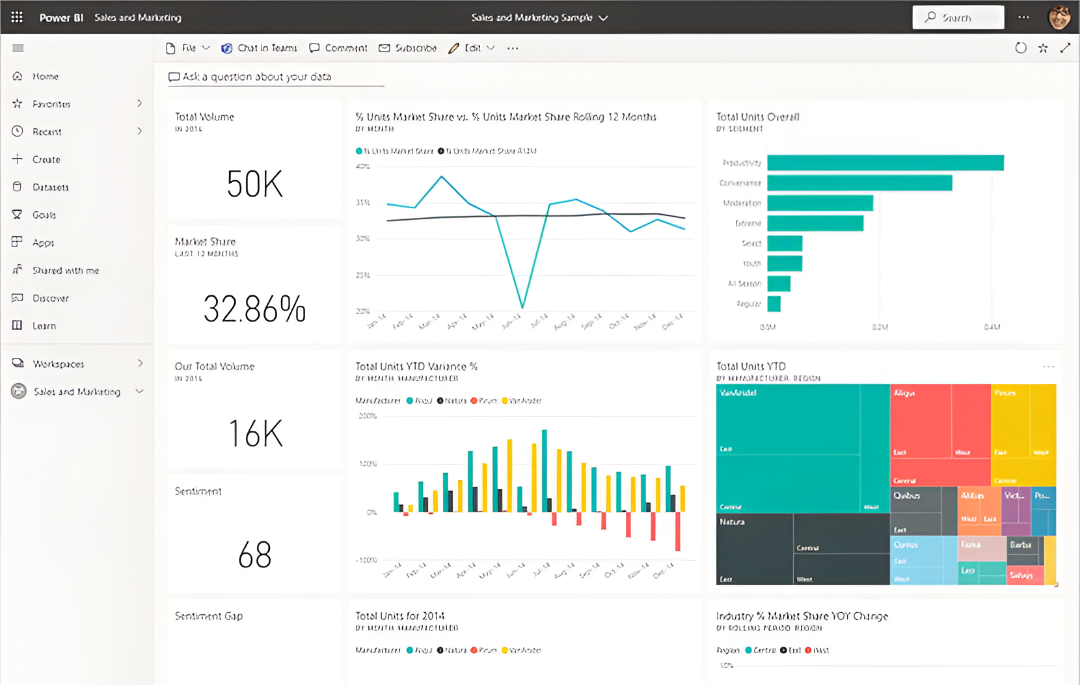- Published on
DAX Adventure (w/ Labs)
- Authors

- Name
- Jason Deramo
► Welcome to the DAX Adventure—a step-by-step learning series to master DAX (Data Analysis Expressions), the formula language of Power BI, Excel Power Pivot, and Analysis Services.

Kagool©
Lab 1: Basic Aggregations
Learn: SUM() Goal: Calculate total sales.
Total Sales = SUM ( Sales[Sales Amount] )
🔎 Explanation:
This measure sums all values in [Sales Amount]. It dynamically adjusts based on filters like year, region, or product.
Lab 2: Conditional Totals
Learn: CALCULATE() with filters
Goal: Return sales only for 2025.
Sales 2025 = CALCULATE ( SUM ( Sales[Sales Amount] ), Sales[Year] = 2025 )
🔎 Explanation:
CALCULATE changes the filter context—here it restricts totals to the year 2025.
Lab 3: Querying with EVALUATE
Learn: FILTER() with queries
Goal: Return products with low stock, sorted alphabetically.
EVALUATE
FILTER ( DimProduct, DimProduct[SafetyStockLevel] < 200 )
ORDER BY DimProduct[EnglishProductName] ASC
🔎 Explanation:
FILTER extracts only products where stock is under 200.
ORDER BY sorts them alphabetically.
EVALUATE outputs the result (run in DAX Studio).
Lab 4: Variables & Return Logic
Learn: VAR and RETURN
Goal: Apply discounts or penalties depending on total quantity.
VAR TotalQty = SUM ( Sales[Quantity] )
RETURN
IF (
TotalQty > 1000,
TotalQty * 0.95,
TotalQty * 1.25
)
🔎 Explanation:
VAR stores values, RETURN outputs logic.
If total > 1000 → 5% discount. Otherwise → 25% markup.
Lab 5: Time Intelligence
Learn: TOTALYTD()
Goal: Show cumulative sales year-to-date.
YTD Sales = TOTALYTD ( SUM ( Sales[Sales Amount] ), 'Date'[Date] )
🔎 Explanation:
TOTALYTD aggregates sales from the start of the year to the current date in context.
Wrap-Up
DAX is more than formulas—it’s a framework for analytics.
With these 5 labs, you’ve learned how to:
- Aggregate values with SUM
- Control filter context with CALCULATE
- Query and filter tables with EVALUATE
- Simplify logic using VAR and RETURN
- Apply time intelligence with TOTALYTD
👉 Next step: Try combining these concepts to calculate Year-to-Date Sales by Region, then compare it to last year using SAMEPERIODLASTYEAR.
Learn More: